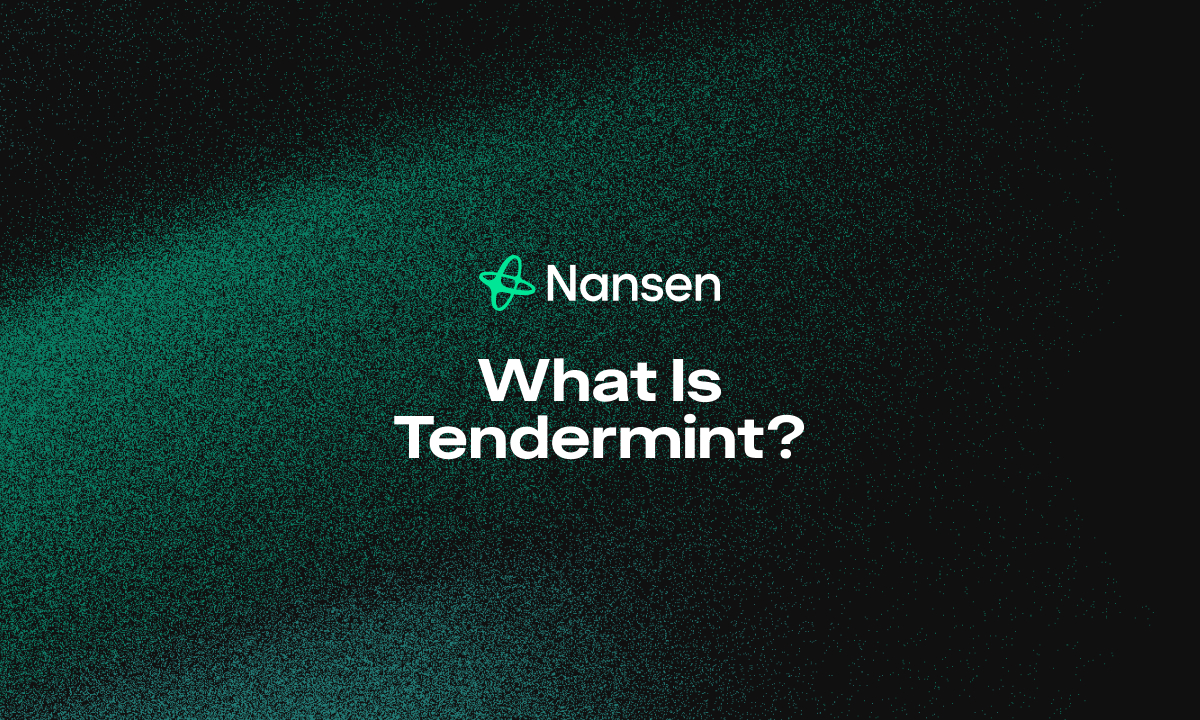Have you ever wondered what powers some of the fastest and most developer-friendly blockchains in the crypto ecosystem? If you're invested in projects like Cosmos, Terra, or Binance Chain, you're actually betting on technology built with Tendermint. But what is Tendermint crypto exactly, and why should you care as an investor?
What is Tendermint?
Tendermint is a blockchain infrastructure technology that solves one of the most fundamental challenges in decentralized systems: how computers in a network reach agreement (consensus) without trusting each other.
Key point: Tendermint isn't a cryptocurrency itself, but rather the technology that powers multiple blockchain projects worth billions in market cap.
At its core, Tendermint consists of two main technical components:
- Tendermint Core - The consensus engine that ensures all computers in the network agree on the same transaction history
- Application Blockchain Interface (ABCI) - The programming interface that connects the consensus engine to the blockchain application
This separation of concerns is what makes Tendermint special. By handling the complex consensus mechanism separately from the application logic, Tendermint allows developers to build blockchain applications in any programming language without worrying about the underlying consensus challenges.
How Tendermint Achieves Consensus
Tendermint uses a consensus algorithm based on Byzantine Fault Tolerance (BFT) principles, which allows a network to function correctly even when some participants are malicious or faulty.
Here's how the consensus process works:
- A validator is selected to propose a new block of transactions
- Other validators vote on whether to accept the block in two phases (pre-vote and pre-commit)
- Once more than 2/3 of validators pre-commit to the block, it's added to the chain
- The process repeats with a new proposer for the next block
Important: Tendermint provides "instant finality," meaning once a block is committed, it cannot be reversed. This differs from Bitcoin and Ethereum, where you need to wait for multiple confirmations for security.
Proof of Stake and Validators
Tendermint operates on a Proof of Stake (PoS) system rather than the energy-intensive Proof of Work used by Bitcoin. In this system:
- Validators stake (lock up) tokens as collateral
- Voting power is proportional to the amount staked
- Validators earn rewards for honest participation
- Malicious behavior results in losing part of their stake (slashing)
This approach makes Tendermint networks significantly more energy-efficient while maintaining security through economic incentives.
Why Tendermint Matters for Investors
If you're investing in crypto, understanding Tendermint gives you insight into several advantages that Tendermint-based projects might have:
1. Speed and Efficiency
Tendermint can process thousands of transactions per second (TPS), compared to Bitcoin's 7 TPS or Ethereum 1.0's 15 TPS.
2. Developer Friendliness
The ABCI allows blockchain applications to be written in almost any programming language, potentially accelerating development and adoption.
3. Interoperability
Tendermint is a cornerstone of the Cosmos ecosystem, which focuses on creating an "Internet of Blockchains" where different chains can communicate with each other.
4. Network Scalability
The architecture supports both public and private blockchain deployments with customizable consensus parameters.
5. Security
The combination of Byzantine Fault Tolerance and economic incentives through staking provides robust protection against attacks.
Real-World Applications of Tendermint
Tendermint technology powers several major blockchain projects, including:
- Cosmos (ATOM) - The flagship project built using Tendermint, focused on blockchain interoperability
- Binance Chain - The blockchain that powers Binance DEX
- Crypto.com Chain - The blockchain behind Crypto.com's payment and financial services ecosystem
- IRISnet - An interchain service hub for building distributed business applications
Limitations and Challenges
Despite its advantages, Tendermint has some limitations investors should be aware of:
- The validator set is typically limited to around 100-200 validators, making it less decentralized than some other blockchains
- While fast, the system makes certain trade-offs between performance and decentralization
- Projects building on Tendermint still face adoption and regulatory challenges like any blockchain project
Common Questions About Tendermint
What is the difference between Tendermint and other consensus algorithms?
Unlike Bitcoin's Proof of Work or standard Proof of Stake systems, Tendermint provides instant finality, meaning transactions cannot be reversed once confirmed. It also offers higher throughput and doesn't fork under normal operation.
Why is Tendermint important for Cosmos?
Tendermint is the consensus engine that powers the Cosmos Hub and enables the entire Cosmos ecosystem. Without Tendermint, the vision of an interconnected "Internet of Blockchains" would be much harder to achieve.
What programming languages can be used with Tendermint?
Thanks to the ABCI, developers can build blockchain applications in virtually any programming language, including Go, Rust, JavaScript, Python, and many others.
Should You Invest in Tendermint-Based Projects?
While I can't give specific investment advice, understanding Tendermint provides valuable context for evaluating projects in the broader Cosmos ecosystem and other Tendermint-based blockchains.
When researching potential investments, consider how the project leverages Tendermint's strengths in speed, developer accessibility, and interoperability to solve real problems.
Remember that technology alone doesn't guarantee success - team quality, regulatory factors, and actual adoption remain crucial considerations for any crypto investment.




